Teeth are an essential part of the human body, playing a critical role not only in our ability to chew food but also in our overall health and quality of life. As living standards rise and health awareness increases, more and more people are beginning to pay attention to protecting their teeth and maintaining oral health. However, many people are not fully aware of how to effectively protect their teeth, which leads to common dental problems such as cavities, gum disease, tooth sensitivity, and tooth wear. To help readers better understand how to protect their teeth, this article will discuss comprehensive methods for tooth protection through proper diet, daily oral care, and lifestyle habits.
1. The Structure and Function of Teeth
1.1 Basic Structure of Teeth
Teeth consist of different parts, each with its own specific function and role. Understanding the basic structure of teeth helps us better comprehend how they can be damaged and how to protect them.
- Enamel: The outer layer of the tooth, enamel is the hardest substance in the human body and provides robust protection. It is primarily made of minerals, especially calcium and phosphorus, which help protect the tooth from external wear and acidic erosion.
- Dentin: Located beneath the enamel, dentin is yellowish, softer, and more elastic. Dentin is more susceptible to bacterial damage and decay, which can lead to cavities.
- Pulp: The soft tissue inside the tooth that contains nerves and blood vessels, the pulp is the life source of the tooth. When the pulp is damaged, it can cause severe pain and discomfort.
- Root: The part of the tooth that is embedded in the jawbone, securing the tooth in place and ensuring its stability.
1.2 Functions of Teeth
Teeth serve more than just the purpose of chewing food. Their functions also include:
- Chewing Food: The primary function of teeth is to break down food into smaller pieces, which makes it easier to digest.
- Speech: Teeth support speech production, particularly the upper and lower front teeth.
- Facial Aesthetics: The arrangement and health of your teeth have a significant impact on your facial appearance and smile.
2. Common Dental Problems
2.1 Cavities (Tooth Decay)
Cavities, also known as tooth decay, are one of the most common dental problems. They occur when bacteria in the mouth break down sugars into acids that erode the tooth enamel. In the early stages, cavities may not show noticeable symptoms, but if left untreated, they can lead to blackened teeth, pain, and even tooth loss.
2.2 Gum Disease (Periodontitis)
Gum disease refers to the inflammation of the tissues surrounding the teeth, primarily caused by bacterial infections. Symptoms include bleeding gums, swelling, and, in more severe cases, tooth mobility. If left untreated, gum disease can result in tooth loss. The accumulation of plaque and tartar is a major contributing factor to the development of gum disease.
2.3 Tooth Sensitivity
Tooth sensitivity refers to a sharp, short pain in response to external stimuli such as hot, cold, sweet, or acidic foods. This condition typically results from enamel wear, gum recession, or exposed dentin.
2.4 Tooth Discoloration
Tooth discoloration can be caused by the accumulation of pigments from food, beverages, tobacco use, and certain medications, leading to yellowing or staining of the teeth. Internal tooth discoloration may occur as enamel thins or when certain medications affect the structure of the teeth.
3. How to Protect Your Teeth
3.1 Proper Oral Hygiene Practices
3.1.1 Brushing
Brushing your teeth is the most basic and essential oral hygiene practice. Research shows that brushing properly can remove food debris and plaque from the surface of teeth, preventing cavities and gum disease.
- Correct Brushing Technique: Brush your teeth at least twice a day, for at least two minutes each time. Hold the toothbrush at a 45-degree angle to your teeth and use gentle, circular motions rather than scrubbing back and forth. Make sure to clean all surfaces of the teeth, especially the chewing surfaces, inner sides, and outer sides.
- Choosing the Right Toothbrush and Toothpaste: Use a toothbrush with soft bristles to avoid damaging your gums and enamel. Toothpaste containing fluoride is beneficial as it strengthens enamel and helps prevent cavities.
3.1.2 Using Dental Floss
Dental floss is an essential tool for cleaning between teeth, where toothbrushes may not reach. Regular flossing can effectively remove food particles and plaque from between teeth, helping to prevent cavities and gum disease.
3.1.3 Mouthwash
Mouthwash can help clean the mouth, kill bacteria, and freshen breath. Choosing a mouthwash with fluoride or antibacterial ingredients can help reduce the risk of cavities and gum disease. Mouthwash should be used as a complement to brushing and flossing, not as a replacement.
3.2 Healthy Eating Habits
3.2.1 Limit Sugar Intake
Sugar is the primary food source for bacteria in the mouth. When bacteria metabolize sugar, they produce acidic by-products that can erode tooth enamel and lead to cavities. To protect your teeth, reduce your consumption of sugary snacks, drinks, and desserts.
If you do consume sugary foods, it’s better to eat them during meals when saliva production is higher, as saliva helps neutralize acids in the mouth and protect enamel from erosion.
3.2.2 Eat Foods Rich in Calcium and Phosphorus
Calcium and phosphorus are essential for maintaining strong teeth. Incorporate foods that are rich in these minerals into your diet, such as dairy products (milk, cheese, yogurt), fish, nuts, legumes, and leafy green vegetables. Vitamin D is also crucial for calcium absorption, so include vitamin D-rich foods (like fish, eggs, and fortified foods) in your diet.
3.2.3 Eat High-Fiber Foods
High-fiber foods, such as fruits, vegetables, and whole grains, not only aid digestion but also stimulate saliva production. Saliva helps clean teeth and neutralize acids, reducing the risk of cavities. Fiber-rich foods also promote overall oral health by helping to clear food debris from between teeth.
3.2.4 Drink Plenty of Water
Water is the healthiest beverage for maintaining oral health. It helps to rinse away food particles and bacteria and promotes saliva production. Drinking water also helps maintain the acid-base balance in the mouth, which protects teeth from decay and gum disease.
Fluoridated water is particularly beneficial as fluoride strengthens enamel and helps prevent tooth decay.
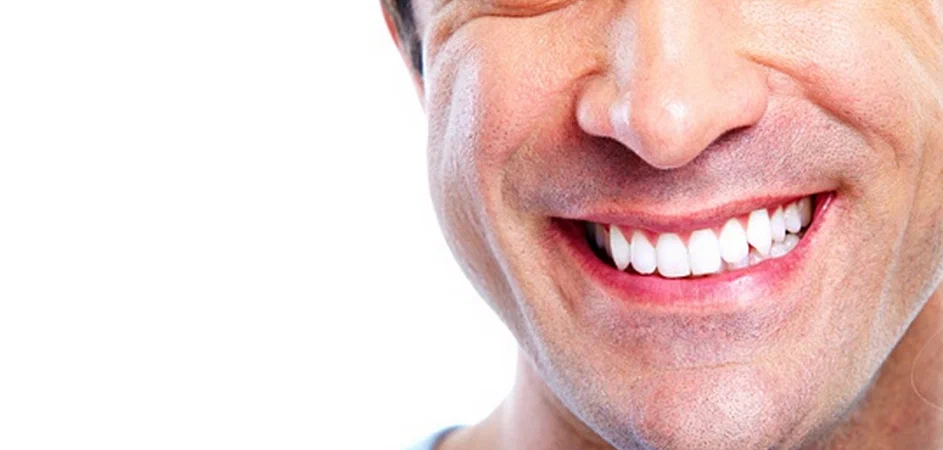
3.3 Healthy Lifestyle Habits
3.3.1 Quit Smoking and Limit Alcohol Consumption
Smoking and excessive alcohol consumption not only harm your overall health but also negatively affect your teeth. Smoking can cause teeth to yellow and increase the risk of gum disease. Excessive alcohol can weaken tooth enamel, making teeth more prone to decay and gum disease.
3.3.2 Regular Dental Checkups
Regular dental checkups and cleanings are essential for maintaining oral health. A dentist can detect any dental problems early and provide treatment before they become more serious. Even if you do not have any apparent dental issues, a professional cleaning can remove plaque and tartar buildup that could lead to future problems.
3.3.3 Protect Your Teeth from Trauma
Athletes who engage in high-impact sports are at an increased risk of dental injuries. Wearing a mouthguard can help protect teeth from fractures or dislodgement. People who grind their teeth at night can also benefit from a night guard to protect teeth from excessive wear and tear.
3.4 Timely Treatment of Dental Problems
If you notice any dental issues, such as pain, sensitivity, or gum swelling, seek dental care promptly. The sooner you address dental problems, the less damage will occur, and the easier it will be to treat.
4. Tooth Protection for Specific Populations
4.1 Protecting Children’s Teeth
Children’s teeth are still developing, so they require special care. Parents should help children establish good oral hygiene habits, such as brushing twice a day and flossing. Ensure that they receive enough calcium, phosphorus, and other nutrients for healthy teeth. Avoid sugary snacks or drinks, especially before bedtime, to prevent cavities.
4.2 Protecting Older Adults’ Teeth
As people age, they may experience tooth wear, gum disease, and other dental issues. Older adults should have regular dental checkups and cleanings. They should also be mindful of their oral hygiene and consume calcium-rich foods to help prevent tooth decay and gum disease.
4.3 Protecting Pregnant Women’s Teeth
Pregnancy causes hormonal changes that may affect gum health, leading to conditions like gingivitis. Pregnant women should pay special attention to oral hygiene, eat a balanced diet rich in calcium and vitamin D, and avoid sugary or acidic foods to prevent oral problems.
5. Conclusion
Protecting your teeth is not just a simple daily task; it involves adopting a comprehensive approach that includes proper brushing, healthy eating, good lifestyle habits, and regular dental checkups. By following these guidelines, you can effectively prevent dental problems, maintain the health and aesthetics of your teeth, and ensure long-term oral well-being. Start protecting your teeth today by forming healthy habits that will help you enjoy a beautiful, healthy smile for years to come.

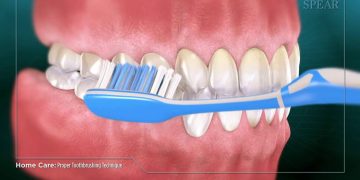
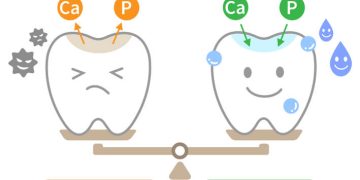
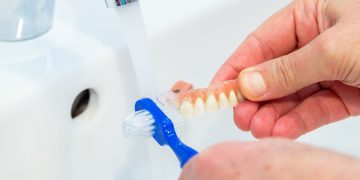




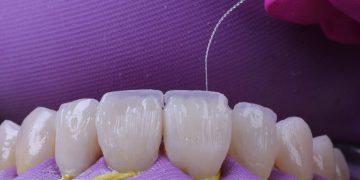
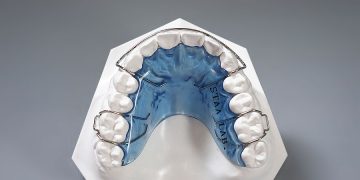

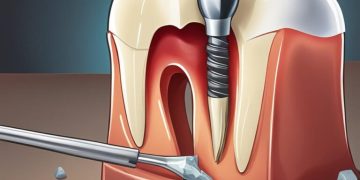



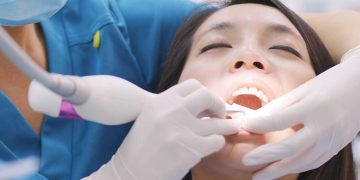

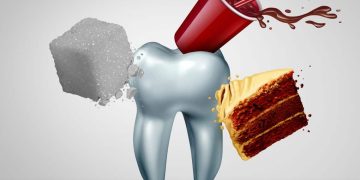







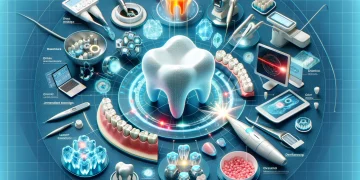





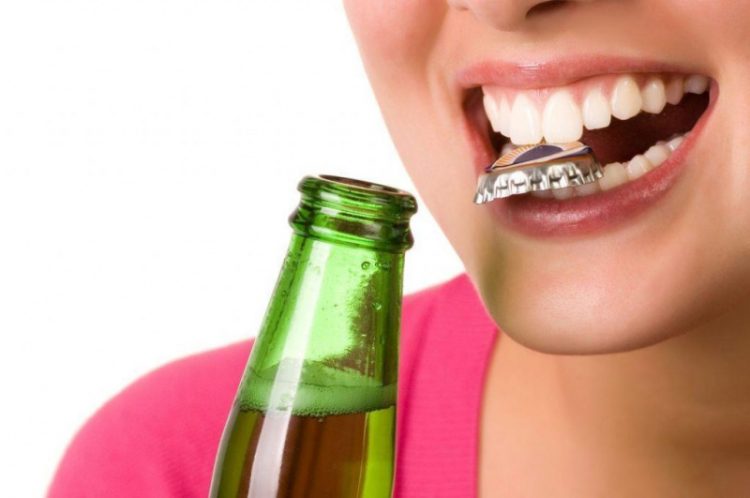













Discussion about this post